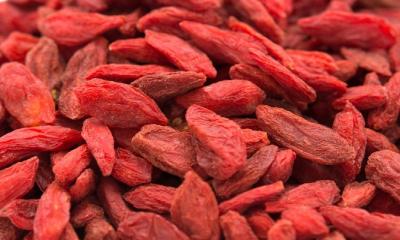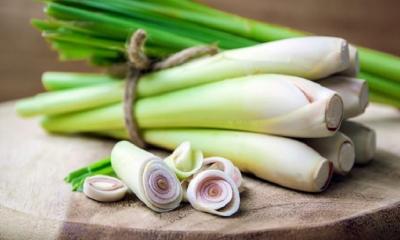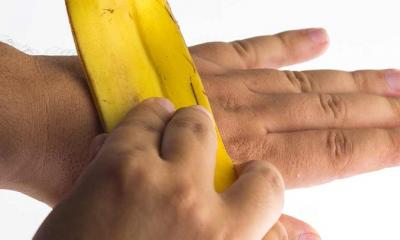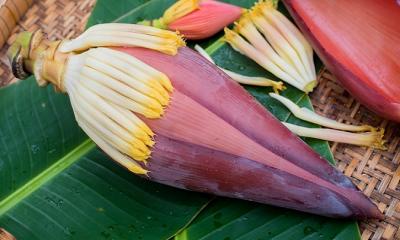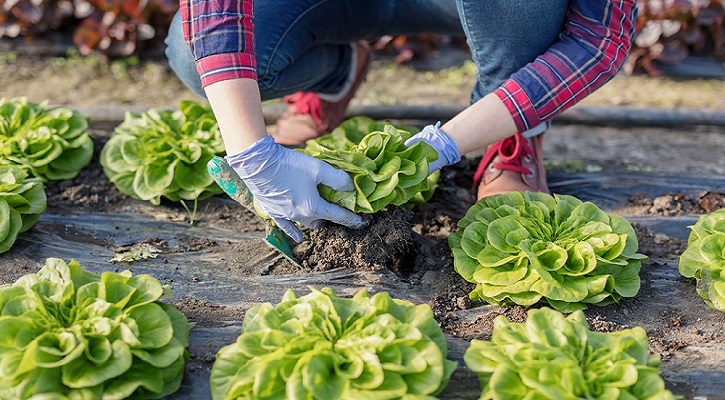
How to Grow Lettuce?
- Women`s Corner
- July 31, 2022
Lettuce is an easy-to-grow annual vegetable. Considered a spring and fall crop, lettuce thrives when temperatures are between 60 to 70 degrees F. Many varieties reach maturity in as little as 30 days, and some can even be harvested much earlier as microgreens. From your garden beds to patio containers, these simple steps will give you a beautiful supply of crisp salad greens throughout multiple seasons.
When to Plant Lettuce?
Lettuce loves cool weather. You can begin planting leaf, romaine and butterhead lettuce as soon as the soil can be worked in the spring. Depending on the variety, lettuce germinates in temperatures between 40 to 85 degrees F. If you plant lettuce in successive plantings, with 10 to 14 days in between, you’ll have an extended harvest. To prevent summer bolt, stop planting one month before warm summer temperatures start. Begin planting fall lettuce in late summer so it reaches maturity when the fall air is cool.
Head lettuce is usually started indoors or in a cold frame and transplanted in the spring after the last frost date. Growing lettuce from seedlings for early spring transplant is a good way to get a head start on the growing season.
Where to Plant Lettuce?
The ideal lettuce growing location for spring and fall is in a spot that receives full sun. If you plan on growing lettuce during the summer or in warm planting zones, partial shade can provide protection from the heat. Growing lettuce from seed in late summer may require generous artificial shade to help cool the soil for germination. Once days become cooler, the shade can be removed to give plenty of sunlight to young lettuce plants.
Read More: Walnut Chutney
Lettuce grows best in loose, cool soil with good drainage. The addition of organic materials, such as compost or manure, will increase drainage, provide essential nutrients and improve your lettuce growing conditions. If you’ve had trouble with lettuce growth, consider purchasing a soil test kit. Lettuce is sensitive to low pH. The addition of lime can help bring the pH to at least 6.0.
How to Plant Lettuce?
It doesn’t take much work to grow lettuce from seeds. Lettuce seeds are often quite small and only require a planting depth of ¼ to ½ inch deep. Growing lettuce in rows gives your garden a traditional look. Consider alternating rows of green and red lettuce for a whimsical touch.
How far apart to plant lettuce depends on the type of lettuce you’re planting. When sowing seeds directly into the soil, you should plant approximately 10 seeds per foot. Space your rows 12 to 18 inches apart. Thin leaf lettuce seedlings to 4 inches apart. Romaine and butterhead lettuce seedlings require 6 to 8 inches between each plant. Removed seedlings can be transplanted or eaten as delicious, tender microgreens.
Head lettuce is usually grown from seeds started indoors during warm weather for a fall garden. Transplant head lettuce in rows 12 to 18 inches apart with 10 to 12 inches between each plant.
Water Requirements for Lettuce:
You don’t need lettuce to develop deep roots. In fact, you want to encourage leaf growth over rooting. Lettuce watering should be light, frequent, and consistent. The goal is to simply keep the soil moist. Avoid watering too often – overwatering leads to root rot, disease, and stunted growth.
Read More: How to make chicken tender and flavorful in biryani?
Protecting Against Disease and Pests:
Aphids can easily destroy a lettuce patch. Leaves curl and wilt as nutrients and water are sucked away. Aphids also spread disease and create mold issues. You’ll find these annoying little white pests hiding on the undersides of lettuce leaves. There isn’t a systemic insecticide to control aphids, so your best option is to encourage natural predators, such as lady beetles, or to apply a horticultural soap or neem oil.
Snails, slugs, and caterpillars also love lettuce. Insecticides are one option, but traps, organic bait, and handpicking provide organic solutions to these common pests.
If you notice your lettuce beginning to brown and curl, it could be suffering from a physiological condition known as hepburn. Tipburn is often seen on lettuce when moisture is not consistent. Simply trim the browned lettuce and begin a consistent watering schedule.
This article is taken from gilmour.com

